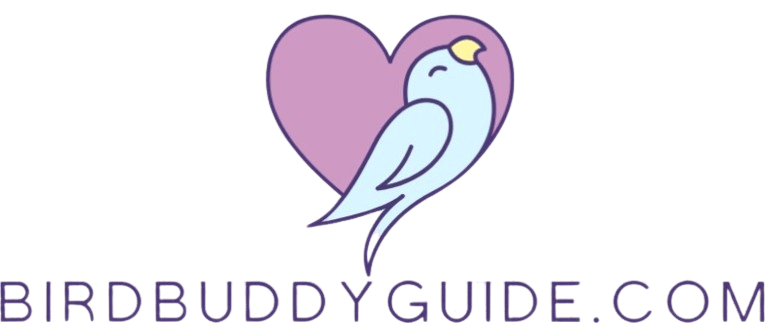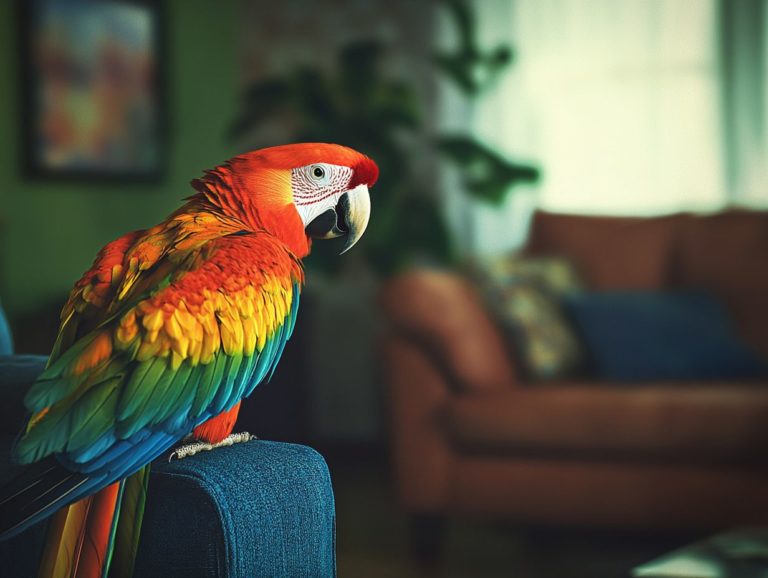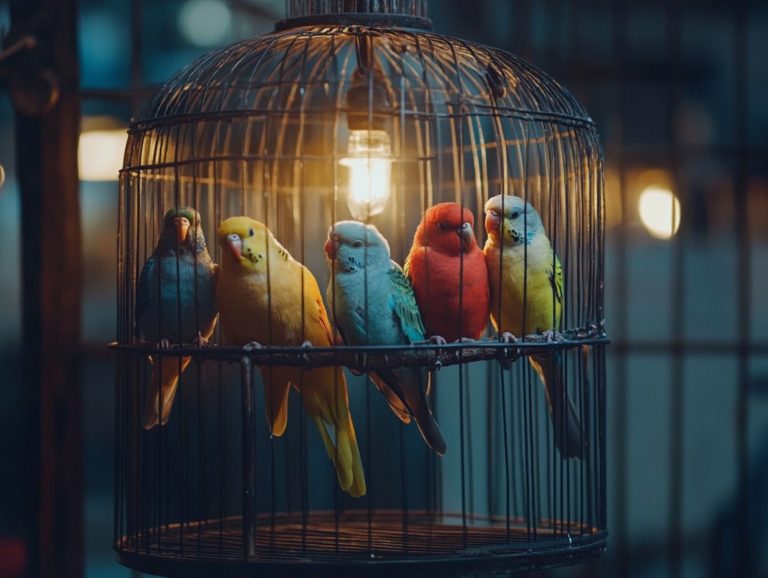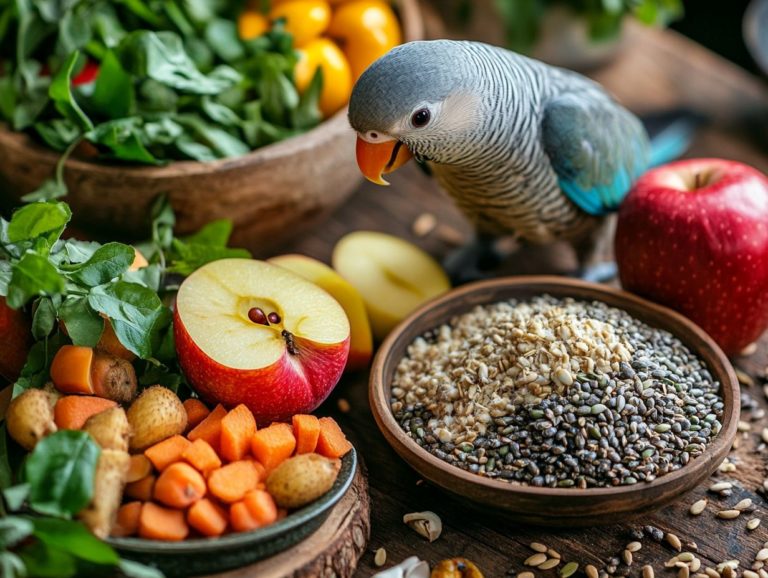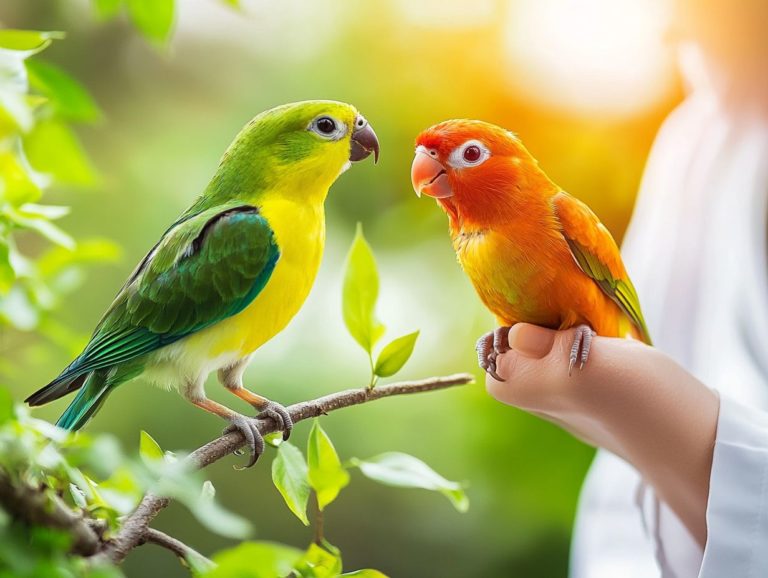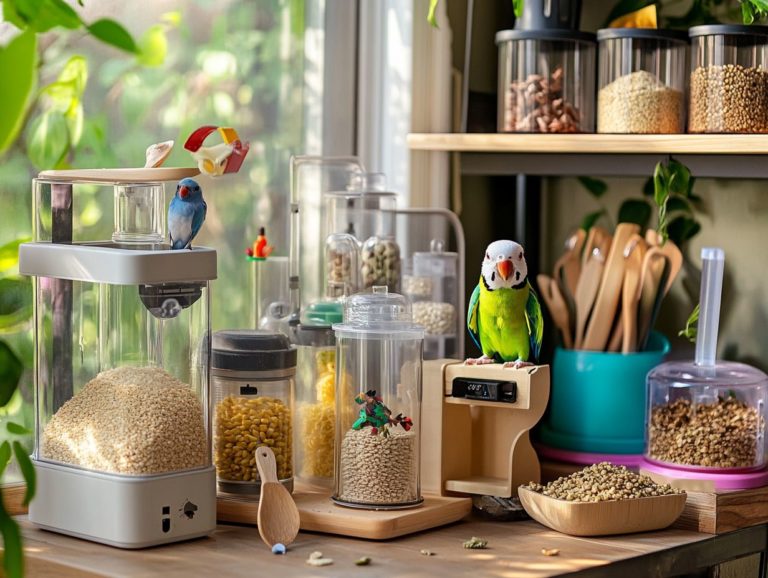How to Identify Your Bird’s Breed?
Identifying your bird’s breed is more than just an enjoyable pastime; it s crucial for grasping its care, behavior, and overall health.
This guide will lead you through the process of breed identification, starting with key physical characteristics and behavioral cues that reveal much about your feathered companion.
It covers common bird breeds and their unique traits, offers valuable resources for identification, and shares insights to help you avoid common pitfalls.
Whether you re an experienced bird enthusiast or a brand-new pet owner, this guide will deepen your understanding and strengthen your bond with your avian friend.
Contents
- Key Takeaways:
- Physical Characteristics of Birds
- Behavioral Cues for Breed Identification
- Common Bird Breeds and Their Traits
- Resources for Identifying Your Bird’s Breed
- Tips for Accurate Breed Identification
- Frequently Asked Questions
- How to Identify Your Bird’s Breed?
- What physical characteristics should I look for to identify my bird’s breed?
- Are there any online resources, such as Bird ID Wizard or Merlin, that can help me identify my bird’s breed?
- Why is it important to know my bird’s breed, especially if I have adopted it from a shelter?
- Can I identify my bird’s breed just by its sound, or should I also consider its physical traits?
- Is it possible for my bird to be a mixed breed, like a pair of different breeds that may share nests?
- Can I take my bird to a veterinarian to have its breed identified, or should I rely on online resources like Photo ID?
Key Takeaways:
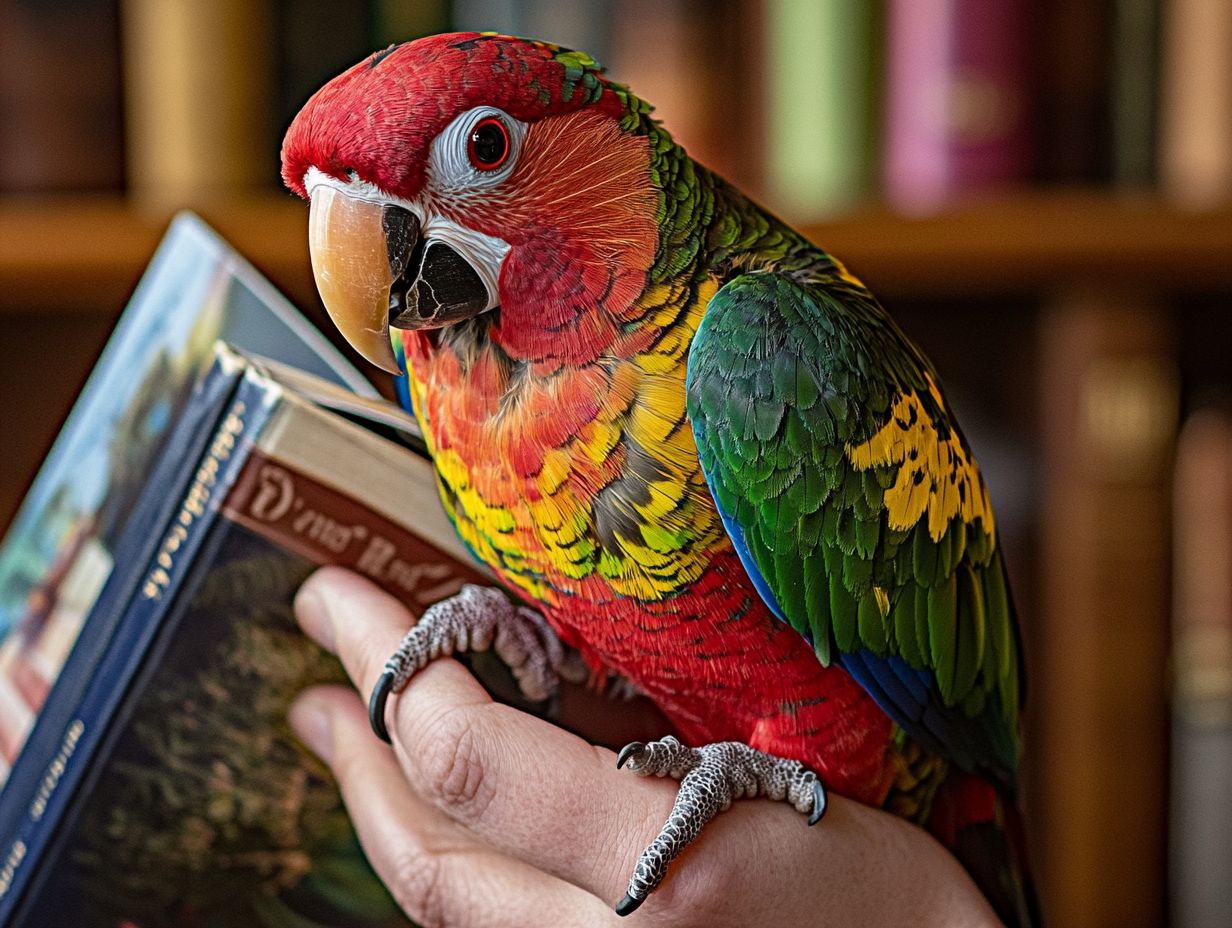
- Identifying your bird’s breed aids in understanding their behavior and specific needs.
- Physical traits such as size, color, and beak shape can help determine a bird’s breed.
- Observing a bird’s behavior and comparing it to common breed traits can assist in accurate identification.
Understanding the Importance of Identifying Breed
Identifying a bird’s breed enriches your understanding of bird diversity and helps track bird populations. It allows for a greater appreciation of the unique characteristics and behaviors of various species.
Engaging in this identification process enhances your observational skills and contributes meaningfully to community awareness and education. This shared knowledge fosters opportunities for local groups to organize birdwatching events and workshops, strengthening community bonds.
When you document species, you provide valuable data for ecological research, supporting conservation initiatives. Such interactions foster a sense of stewardship for the environment, cultivating a deeper appreciation for our feathered friends and their habitats.
Physical Characteristics of Birds
Physical characteristics are essential for identifying bird species. They enable you to differentiate between male and female birds, as well as adult and juvenile birds. Recognizing various species, like the Blue Tit or Finch, becomes easier when focusing on their distinctive traits.
Identifying Key Features
Identifying key features is crucial for distinguishing one bird species from another. These features include unique physical traits, vibrant colors, and distinct songs or calls, all of which can be documented through your observations and photos.
To enhance your birdwatching experience, pay attention to beak shapes, which reveal feeding habits and preferred diets. Different feather patterns can indicate seasonal changes or signal a bird’s habitat. Intricate vocalizations ranging from delightful melodies to sharp calls play a significant role in communication and mating.
Embrace modern technology; tools like Sound ID can help you decipher bird sounds, while Photo ID aids in recognizing specific patterns and colors. By honing these skills, you can deepen your understanding and appreciation of bird diversity.
Behavioral Cues for Breed Identification
Behavioral cues provide invaluable insights into bird identification. Each species exhibits unique behavior patterns, including social interactions, nesting habits, and vocalizations. Observing and documenting these traits is essential for any dedicated birdwatcher.
Now it’s time to start your bird identification journey! Explore your surroundings, observe the unique traits of each bird you encounter, and share your findings with others to enhance community engagement.
Observing Patterns and Actions
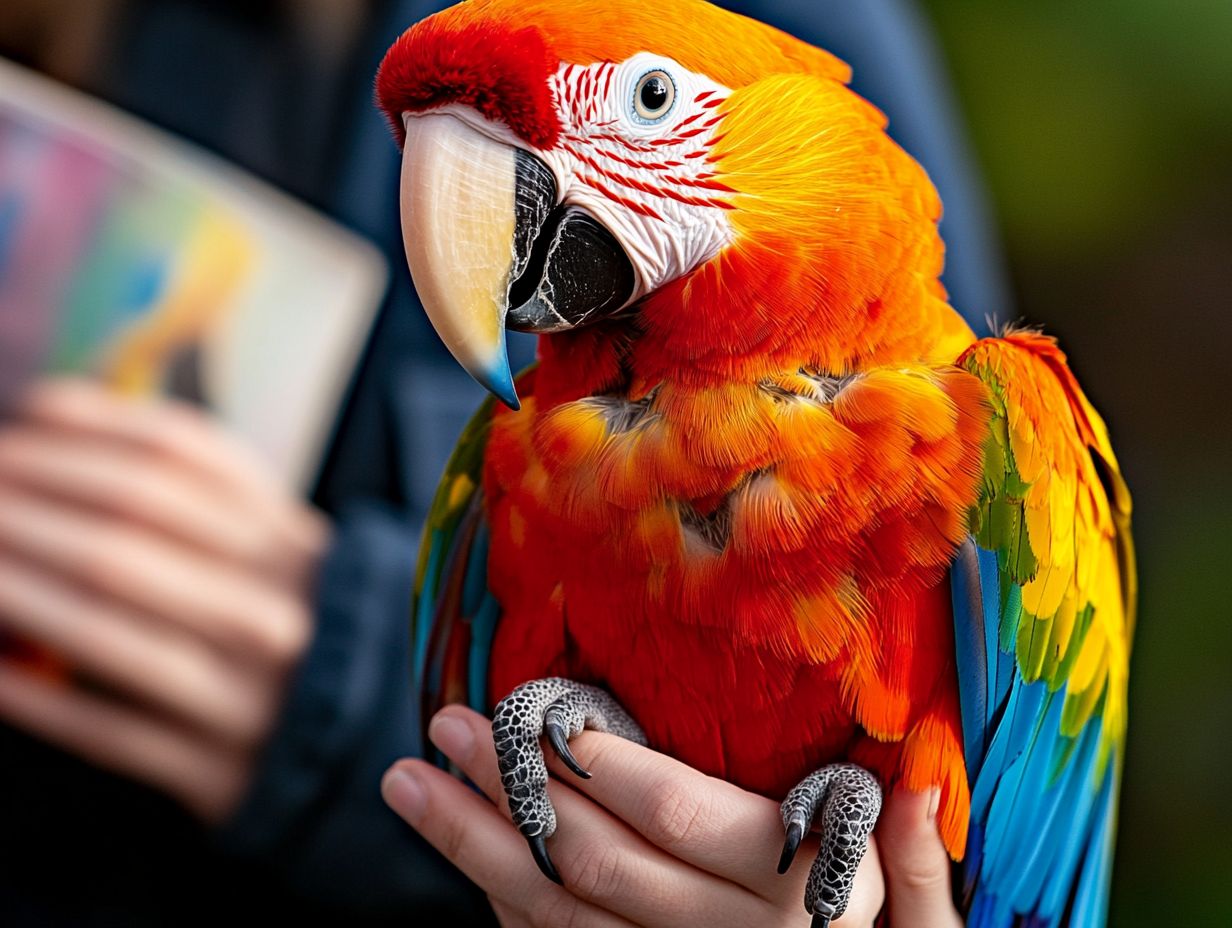
Observing the patterns and actions of birds in their habitats is essential for enthusiasts striving to identify various species. Keen observations can uncover important behavioral traits unique to specific breeds within local communities.
By paying attention to feeding habits, mating rituals, and nesting behaviors, you can gather invaluable information about the bird life surrounding you. Watching how birds interact while foraging or the distinct calls they make during courtship can help distinguish between similar species.
Engaging with the broader community enriches your understanding and cultivates a spirit of collaboration. Seeking insights from experts deepens your knowledge and contributes to local conservation efforts. This ultimately enhances your appreciation for these fascinating creatures.
Common Bird Breeds and Their Traits
Understanding common bird breeds and their unique traits enhances your identification skills, making it easier to become acquainted with species like the Zebra Finch, Coal Tit, and Great Tit.
You can often find these birds in various local habitats, allowing you to spot and appreciate them in their natural surroundings.
Overview of Popular Breeds
An exploration of popular bird breeds, such as the Pied Finch and African Grey Parrot, reveals a remarkable range of traits that make identification a delightful experience. Their calls, plumage, and behaviors help enthusiasts enjoy the process.
Take the African Grey Parrot, for example. Its striking grey feathers and vibrant red tail are captivating, but it s the parrot s extraordinary intelligence and uncanny ability to mimic human speech that truly enchants bird lovers. The Pied Finch boasts bright orange and blue hues that are visually arresting, while its melodious chirp adds extra charm.
You can find these amazing birds thriving everywhere from tropical forests to cozy backyards. Their unique calls facilitate communication and create a delightful symphony in their environments. Observing these traits deepens your appreciation and understanding of these avian wonders, enhancing every encounter.
Resources for Identifying Your Bird’s Breed
A wealth of resources awaits you for identifying your bird’s breed. From sophisticated online tools like Merlin and eBird to engaging community forums, you have many options at your fingertips.
Online Tools and Guides
Online tools and guides like the Merlin app and Sound ID offer exceptional resources for identifying bird species through photos, calls, and songs. These digital platforms simplify the identification process and amplify community engagement.
The Merlin app boasts a comprehensive database that enables you to upload images and receive instant feedback on your sightings. Meanwhile, Sound ID specializes in recognizing avian sounds, helping you connect auditory cues with visual identification.
Utilizing these advanced tools cultivates a vibrant sense of community among birdwatchers. You can exchange tips and experiences that deepen your understanding of local biodiversity. Embracing these innovative resources enriches your collective knowledge and appreciation for the variety of bird species.
Tips for Accurate Breed Identification
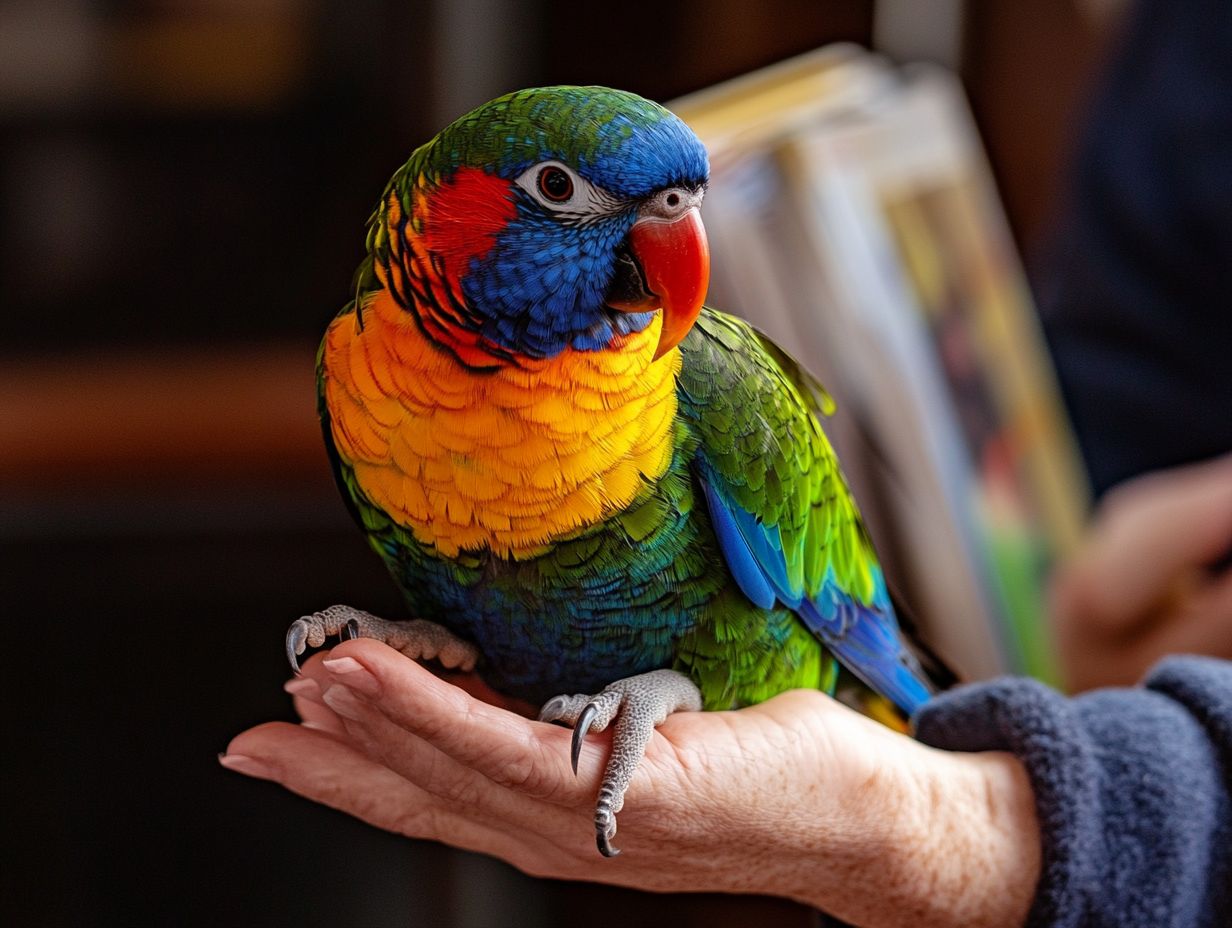
To achieve precise breed identification, embrace specific tips and strategies. Pay attention to calls and songs, capture clear photographs, and avoid common missteps to enhance your accuracy in identifying breeds.
What bird species have you observed recently? Share your experiences with your community!
Avoiding Common Mistakes
Identifying birds accurately is crucial. Overlooking details, like confusing similar species or misinterpreting their calls, can lead to mistakes.
This is especially important for novice birdwatchers.
They may be eager to spot new species but might lack the experience needed to notice key traits. Paying close attention to details such as size, feather patterns, and unique behavioral traits is essential for reliable identification.
Many enthusiasts overlook environmental factors that influence bird appearances or sounds, which can lead to misidentifications.
To sharpen your identification skills, dedicate time to studying field guides and consistently practice your observational techniques. Engaging with seasoned birders offers invaluable insights and tips on effectively distinguishing closely related species.
Frequently Asked Questions
How to Identify Your Bird’s Breed?
Identifying your bird’s breed can be challenging. However, with the right knowledge and resources, you can do it accurately. Here are some commonly asked questions and answers to help you identify your bird’s breed.
What physical characteristics should I look for to identify my bird’s breed?
Observe the color, size, and shape of your bird. Pay attention to its feathers, beak, and feet for better identification.
Are there any online resources, such as Bird ID Wizard or Merlin, that can help me identify my bird’s breed?
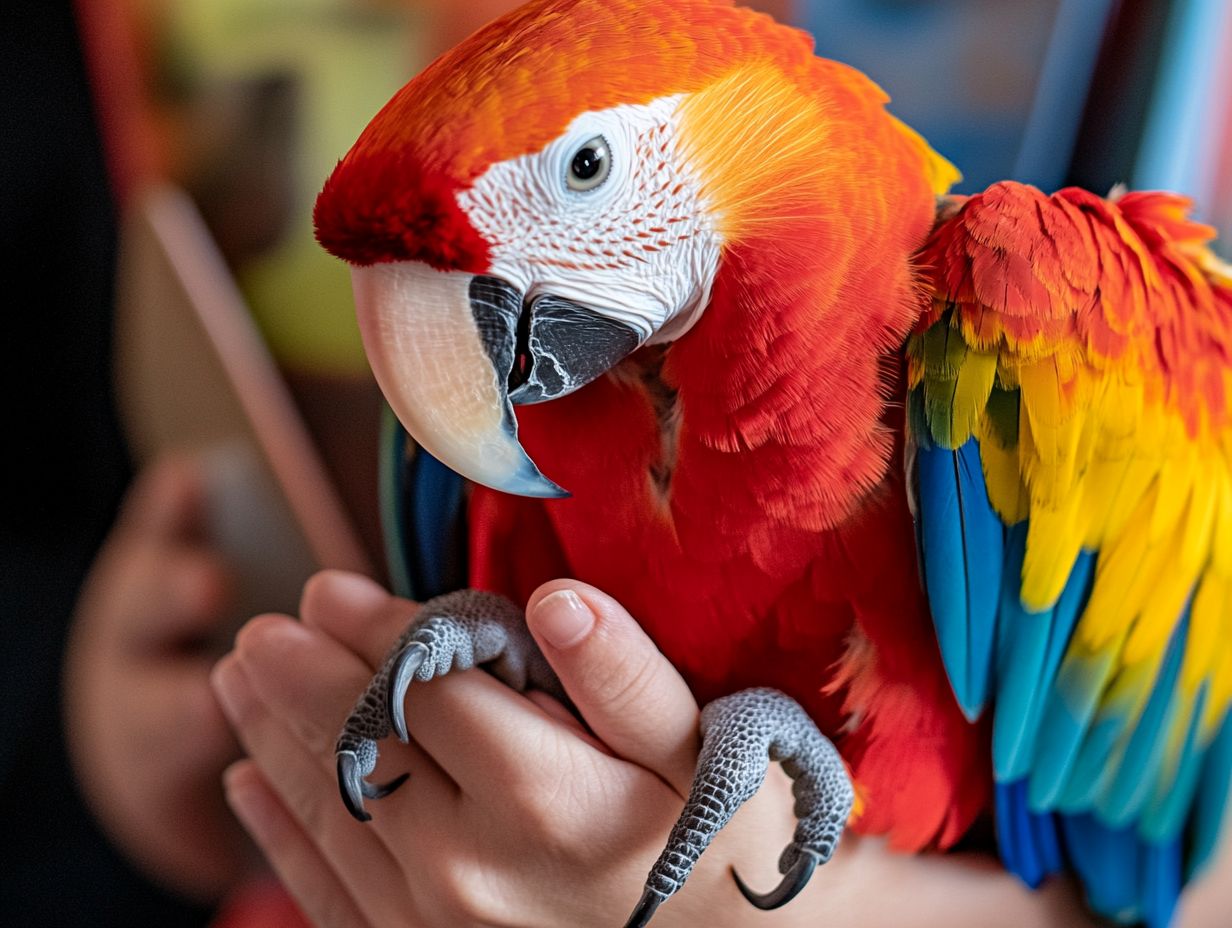
Yes, many websites and forums are dedicated to bird identification, including eBird, where you can find helpful guides and charts online.
Why is it important to know my bird’s breed, especially if I have adopted it from a shelter?
Knowing your bird’s breed is vital for providing top-notch care, as different breeds, like the African Grey Parrot or Macaw, may have different needs.
Can I identify my bird’s breed just by its sound, or should I also consider its physical traits?
In some cases, yes, you can identify a bird’s breed by its sound using tools like Sound ID. Some birds, such as the Great Tit or Blue Tit, have distinct calls that are unique to their breed.
Yes, it is possible for a bird to be a mixed breed, especially if it was bred with another bird of a different breed. In this case, it may have characteristics of both breeds, similar to the Pied Finch or Zebra Finch.
Can I take my bird to a veterinarian to have its breed identified, or should I rely on online resources like Photo ID?
Yes, a veterinarian may help you identify your bird’s breed based on its physical characteristics and behavior. They may also perform DNA testing to determine its breed or suggest using online tools like eBird for more information.
Start your birdwatching journey today!
